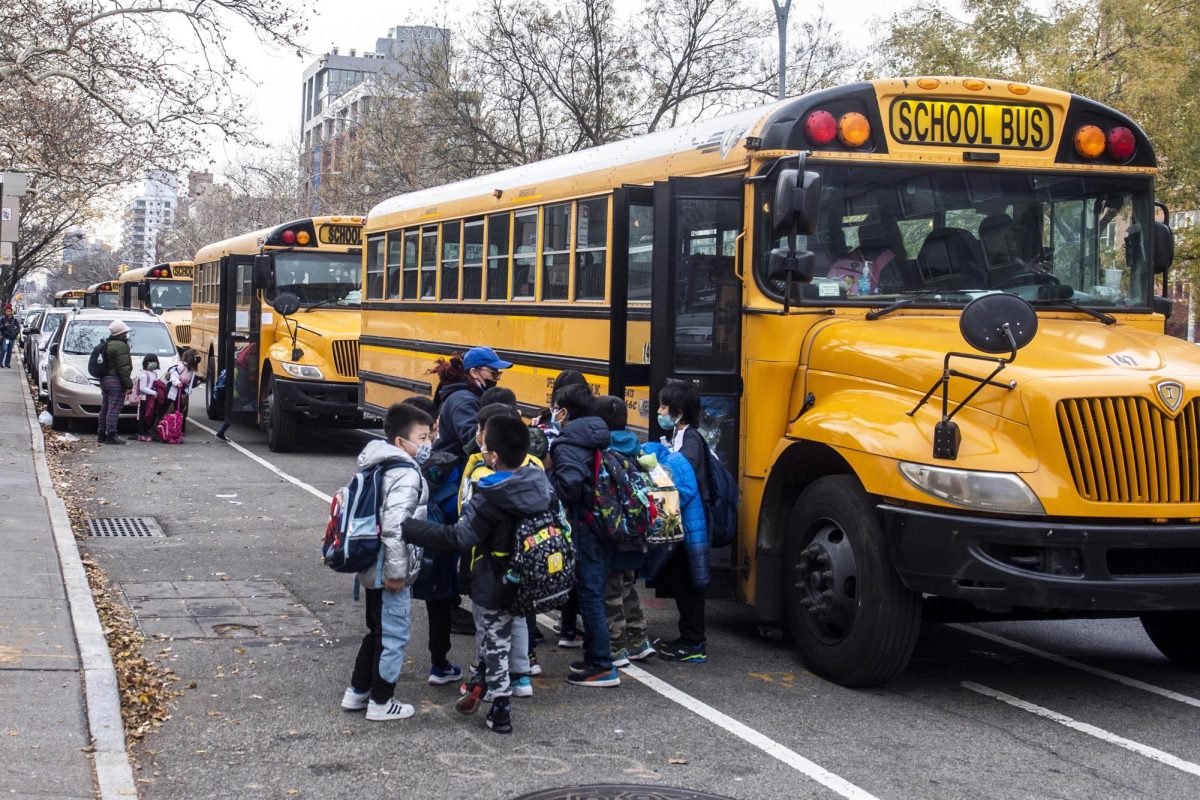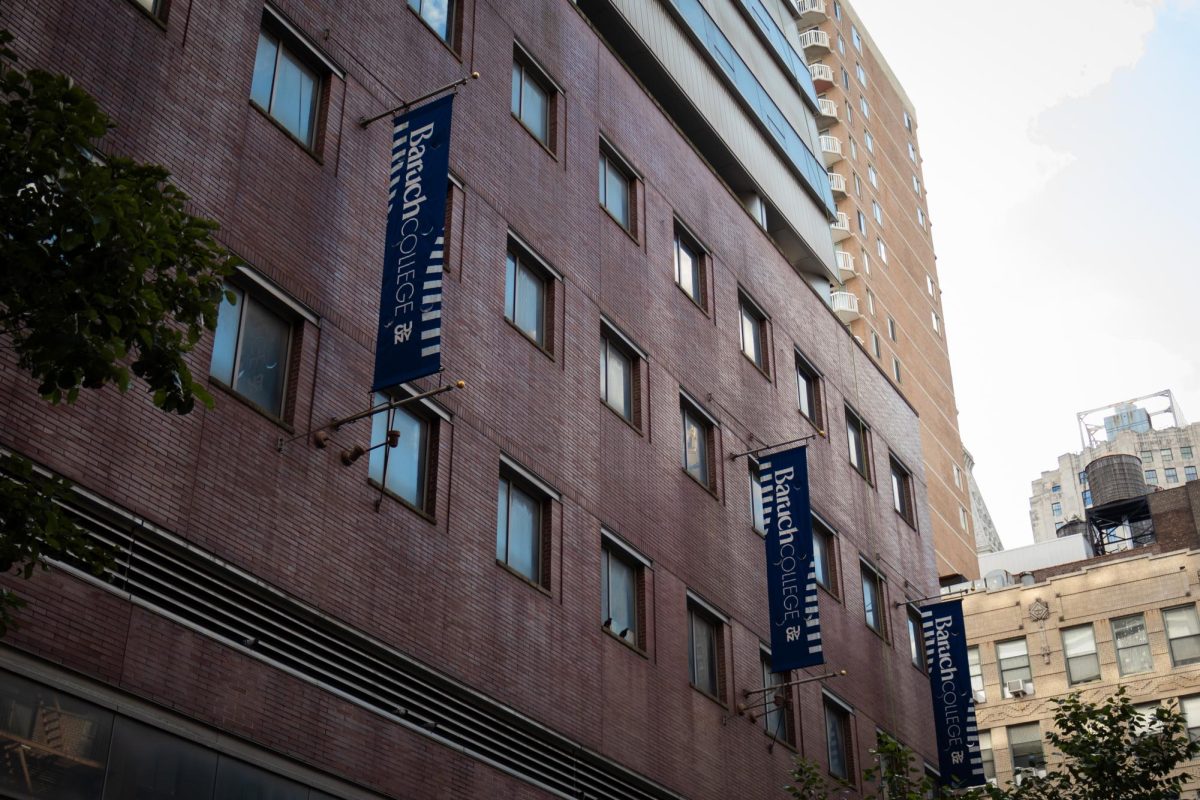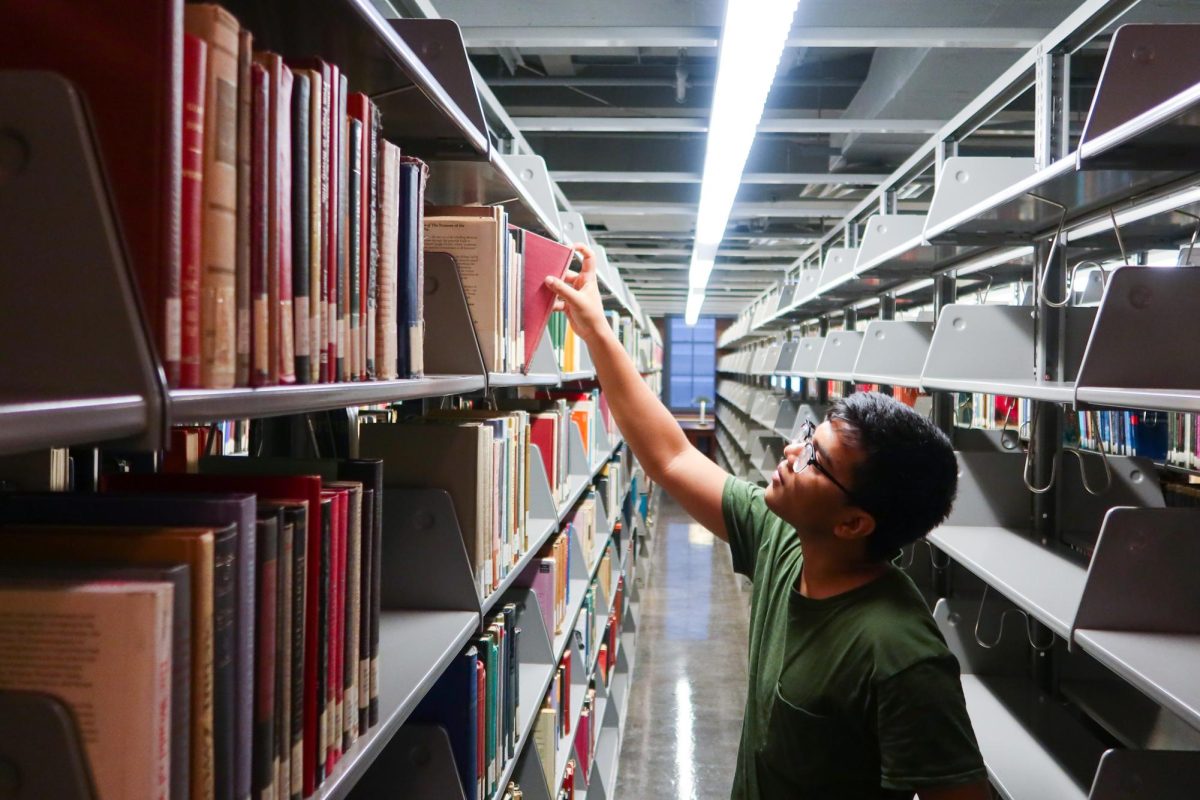New York City’s Department of Education has failed to prepare an adequate contingency plan in the face of a potential yellow bus driver strike. Young students and their families are being given unrealistic travel options with only a 10-day notice.
A letter was sent out to parents on Aug. 28, detailing travel alternatives offered to students and their families. These alternatives included emergency MetroCards, pre-paid rideshares and transportation reimbursement.
Parents were asked to monitor the NYC Public Schools’ social media accounts and the Transportation Overview webpage for frequent updates on the status of the potential strike.
The yellow bus driver strike would impact about 4,400 of bus routes throughout the five boroughs. Approximately 800,000 students would be affected by the strike, including 25,000 students with disabilities.
Students’ eligibility to use a yellow school bus is determined by their grade level, walking distance between home and school and personal circumstances.
Additionally, curbside pick-up is offered to students who have an approved medical exception or transportation recommended on their Individualized Education Program or Accommodation.
As of Aug. 30 a map of the specific routes potentially affected have not been shared. According to Chalkbeat, families impacted by this strike will not be allowed to engage in remote learning but will be excused up to two hours for any lateness as a result of the strike.
Expecting families and students to make a sudden switch to using public transportation or rideshare services is unreasonable. The suggested transportation alternatives are impractical, especially for the city’s youngest students and students with disabilities.
If families choose to use the rideshare option, they are required to have an adult present in the car with them. Low-income families will especially find this difficult if their child enters school later than their work schedule.
Traveling by public transportation could prove difficult for the same reasons.
Students with disabilities are placed on yellow school buses that are equipped with attendants who are trained to accommodate students’ various needs. These students may not be prepared for the sudden change in routine or be comfortable using public transportation.
If these students are unable to get to school,they will miss out on vital resources they receive in school.
The beginning of the school year has always been difficult for students that utilize yellow bus service. Families experience issues such as late notice of pick-up time for their children, buses that do not show up on time and buses that do not show up at all.
The DOE has had a decade to update their contingency plan since the last time yellow school bus drivers went on strike back in January 2013. It’s necessary for them to update it immediately in order to avoid detrimental effects on children’s learning.
During the January 2013 strike, parents testified that they were unable to get their children to school with the alternative transportation options provided and that their children’s learning regressed.
As the DOE continues to monitor the situation, they should keep in mind the accommodations of K-5 students and students with disabilities.








